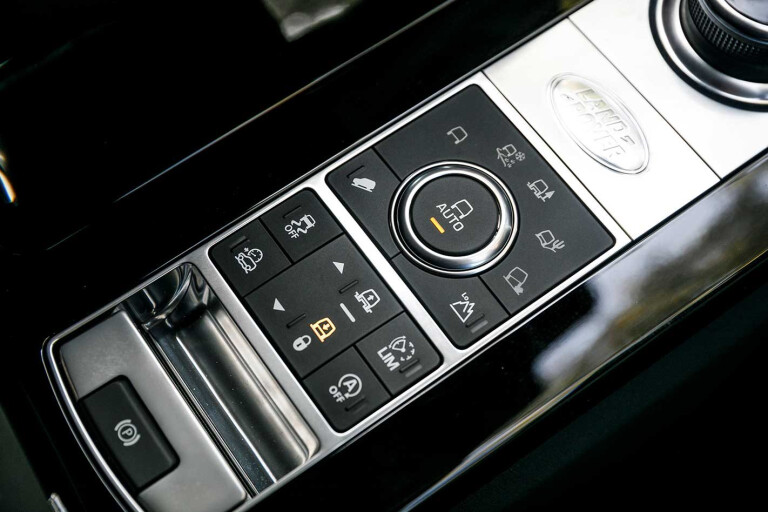
AS WITH many things 4x4, it’s a case of Land Rover leads and the others follow.
A measure of Land Rover’s influence on other 4x4 manufacturers is well illustrated by just how much Land Rover’s Terrain Response system, first introduced on the Discovery 3 in 2004, has been copied. Toyota now has its ‘Multi-Terrain Select’, Jeep has its ‘Selec-Terrain’, Nissan has its ‘All-Mode 4x4’ and Ford has its ‘Terrain Management System’.

In essence, all these systems do the same thing but vary in detail in what they control and what settings they offer.
Common to all of them is their ability to alter the engine’s throttle mapping; in other words, how the engine responds to the throttle. For example, for extremely slow-speed driving over rocks and the like you want a soft and gradual throttle, but for sand driving you want a sharper and more immediate throttle action.
All these systems can also vary an automatic gearbox’s shift protocols which determine when and under what conditions the gearbox will shift up to a taller gear or shift down to a lower gear. For sand driving, for example, you want the gearbox to keep the engine spinning at higher revs so that you don’t lose momentum if you hit a particularly soft patch of sand.
Conversely, on a rock climb you want the lowest gear you can get away with, but you also don’t want the gearbox to shift to a taller gear half way up a climb just because you can ease off the throttle pressure a little.

All these systems also modulate the electronic stability control (ESC), which is now mandatory on all new cars and 4x4s. ESC offers significant on-road safety benefits, but it’s a nuisance off-road especially in sand or mud. ESC detects if the vehicle is heading in a direction other than where the front wheels are pointing – which often happens in sand or mud – and tries to correct this by applying individual brakes or cutting engine power.
Given that in sand or mud momentum is the key, the last thing you want is a cut in engine power or to have the brakes applied. What all these terrain systems do is either reduce the sensitivity of ESC, or cancel it all together when the ‘Sand or Mud’ settings are selected.

Electronic Traction Control (ETC) is another vehicle system that’s modulated by these terrain systems. Unlike ESC, ETC is a significant advantage off-road as it limits wheelspin by applying the brake of the spinning wheel, thus directing the power (via the differential) to the other wheel on that axle. ETC can also cut engine power.
While power-cutting ETC is not what you want in most off-road situations, brake-force ETC is extremely useful, although how much ETC effect you want depends on the terrain. On rocky climbs you want the ETC to respond strongly and immediately, whereas some wheelspin can be tolerated in sand.
In vehicles such as the Range Rover, Range Rover Sport, Land Rover Discovery and Jeep Grand Cherokee, the terrain control system can also control the response of the electronic centre diff in terms of front-to-rear drive proportioning and how readily it locks up.
Likewise, when an electronic locker is fitted to the rear of these same vehicles (as standard or as a factory option), the terrain systems can also tweak how readily the locker will engage. And again, this will depend on the particular terrain setting that’s been selected by the driver.

COMMENTS